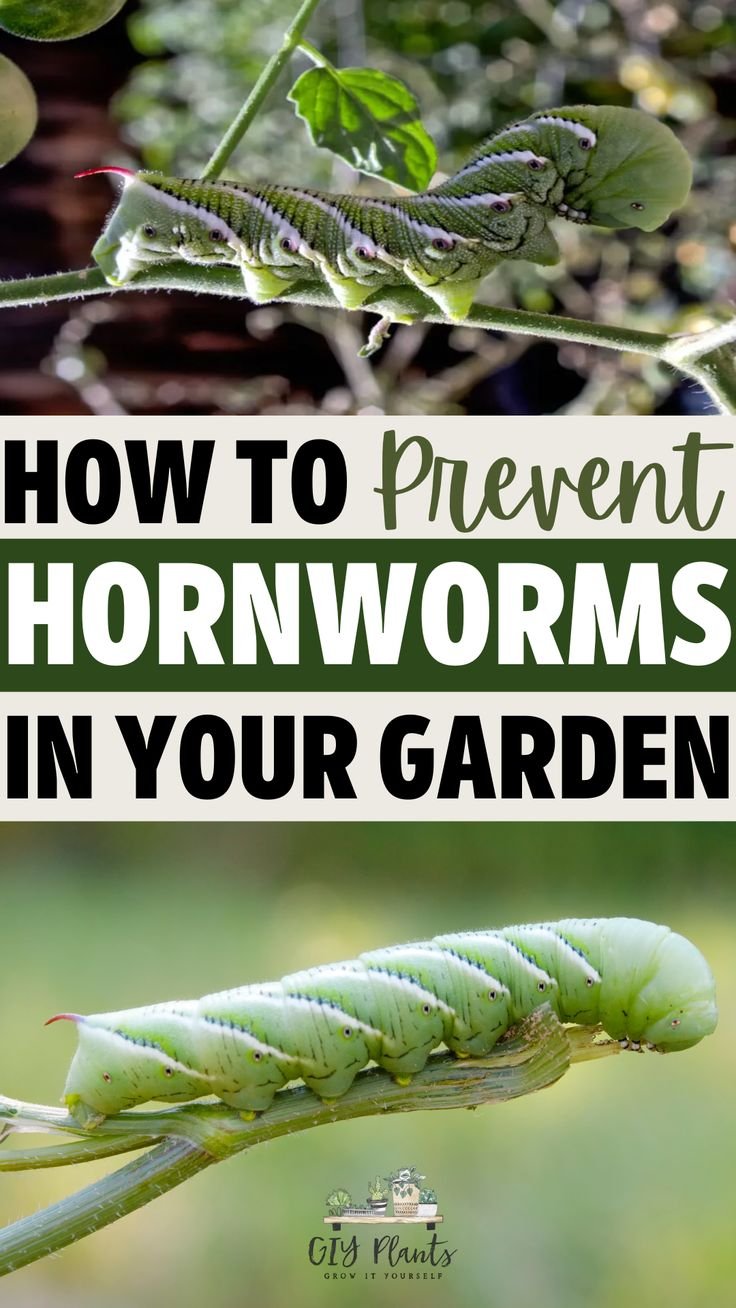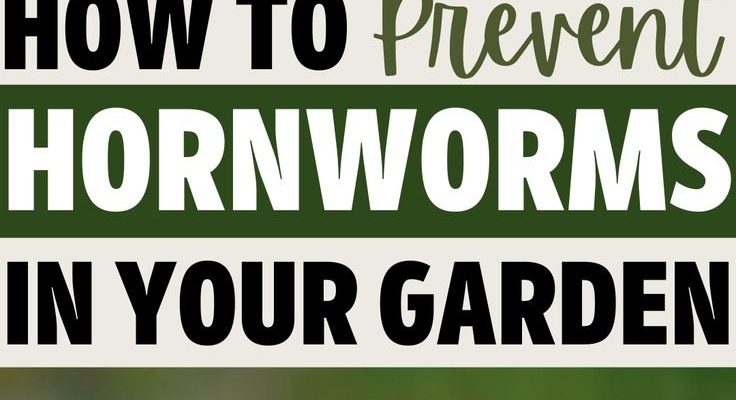
So, how exactly do you get ready for hornworm season? It’s all about being proactive. You might think of it like gearing up for a storm; you don’t want to wait until the rain starts pouring to pull out the umbrella. In this article, we’ll dive deep into ways to spot, manage, and prevent hornworms before they munch their way through your beloved garden. Let’s grab that coffee and get started!
What Are Hornworms and Why You Should Care
Hornworms are pretty fascinating creatures if you think about it. These large, green caterpillars can grow up to 4 inches long and typically feast on tomato, pepper, and eggplant plants—some of the staples in many gardens. While they may look harmless, just one or two can quickly turn into a major headache for gardeners.
Here’s the thing: hornworms can munch through leaves and fruits at an alarming rate. A few days of unchecked feeding can leave your plants looking ragged and stressed. It’s like letting a hungry teenager raid your pantry! That’s why understanding these pests is key to keeping your garden healthy.
Identifying them isn’t that hard. They’re usually bright green, with a distinct horn-like projection at their rear end. If you see them, it’s pretty clear they’ve been having a feast in your yard. You should definitely keep an eye out for them, especially as summer approaches.
Timing is Everything: When to Expect Hornworms
Timing is crucial when it comes to hornworms. In many regions, hornworm season typically kicks off around late spring and can last until early fall. You might be wondering, “How can I tell when they’re about to appear?” Well, that’s where the fun begins!
Most moths that will eventually turn into hornworms lay their eggs in late spring. This is usually when the temperature consistently warms up. If you keep track of your local climate, you’ll want to start checking your plants around this time. Think of it as setting a reminder on your phone—don’t let those pesky little critters catch you off guard!
In southern regions, this could mean being on the lookout as early as April, while northern areas may not see them until June. Adjust your watch accordingly!
Spotting Hornworms Early
Here’s the secret: the earlier you catch hornworms, the better. They can be surprisingly stealthy, blending in well with the foliage. But there are some telltale signs that can help you spot them before they cause too much damage.
– Chewed Leaves: If your plants have ragged edges or holes in the leaves, it’s time to investigate.
– Droppings: Hornworms leave behind black droppings, which are another clear sign of their presence.
– Bite Marks on Fruit: If you notice bruised or bitten fruit, that’s a red flag.
Checking your plants regularly will help you stay one step ahead. Think of it like a treasure hunt; the goal is to spot those “treasures” (or problems) before they get too big.
Natural Predators: Nature’s Pest Control
You might not realize this, but hornworms have natural predators that can help manage their population. Birds, wasps, and other insects love to feast on these caterpillars. Encouraging these beneficial creatures can add a layer of protection to your garden.
Attracting birds is simple. You can put up birdhouses or feeders filled with seeds. Just be sure to avoid using harmful pesticides that could harm these helpful critters. It’s kind of like hosting a party for your garden’s superheroes; the more you have, the better protected your plants will be!
Also, certain parasitic wasps lay their eggs in hornworms, eventually killing them. If you see tiny white cocoons on a hornworm, you’ve got a friend in your garden! Let nature do its magic.
Handpicking: The Old-School Method
If you want to keep it simple and organic, handpicking hornworms can be very effective. Sure, it might not be the most glamorous task, but it’s a straightforward way to protect your plants.
Here’s a step-by-step guide:
1. Timing: Do this in the early morning or late evening when hornworms are most active.
2. Tools: Wear gloves if you’d prefer, and use a bucket for collecting them.
3. Inspect Your Plants: Carefully look through the leaves, especially the underside.
4. Remove and Relocate: Once you find a hornworm, remove it gently and relocate it far from your garden.
It’s a bit tedious, but think about it like a scavenger hunt—once you’re on the lookout, you’ll get better at spotting them. Plus, you’ll feel great about saving your plants!
Using Organic Pesticides Carefully
If handpicking feels too daunting or if you have a large garden, you might consider using organic pesticides. These are generally safer for the environment and won’t harm beneficial insects. One popular choice is *Bacillus thuringiensis* (BT), a naturally occurring bacterium that targets caterpillars specifically.
To use it:
1. Timing: Apply during the early morning or late evening.
2. Mixing: Follow the instructions on the package to mix it with water.
3. Spraying: Use a spray bottle to cover your plants thoroughly.
Remember, just because it’s organic doesn’t mean overusing it is advisable. It’s like seasoning your food—too much can ruin the dish!
Creating a Strong Garden Defense
The best way to deal with hornworms is to prevent them from infesting your garden in the first place. Think about it as building a fence around your garden instead of reacting after the storm has hit.
Here are some ways to create that defense:
– Plant Diversity: Include a variety of plants in your garden. This confuses pests and can naturally deter them.
– Companion Planting: Certain plants, like marigolds, can repel hornworms. Planting these alongside your vegetables can create a protective barrier.
– Regular Maintenance: Keeping your garden tidy helps. Trim back overgrown areas and ensure good air circulation to deter pests.
Taking these proactive steps makes your garden less appealing to hornworms. It’s like putting up a “No Vacancy” sign while keeping your plants happy and healthy.
Final Thoughts: Stay Vigilant
Hornworm season doesn’t have to be a scary time for gardeners. With a little awareness and preparation, you can protect your plants from these hungry pests. Remember to check your garden regularly, embrace natural predators, and consider organic pest control methods if necessary.
Think of your garden as a community where every effort—no matter how small—counts. So, grab your gloves, keep your eyes peeled, and enjoy the fruits of your labor this gardening season!

